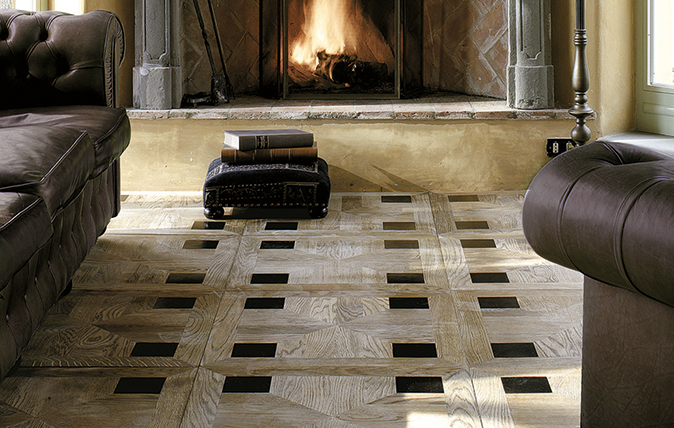Why is there no British equivalent of Martha Stewart? Because we simply don't like being told what to do, argues Giles Kime — and while that's sometimes disastrous, at other times it works rather well.
Given our national fixation with interior design, it’s surprising that we have never spawned a totem with the omnipotence of Martha Stewart, an iconic figure in the hearts and minds of American homemakers (despite a five-month spell in a federal correction facility). The closest we ever had was Laura Ashley, whose Victorian revival had us all drying flowers and stripping pine in a frenzied attempt to create a Lark Rise To Candleford-style fantasy.
Why have no British designers succeeded in achieving similar domestic superstardom? Some of those who showed early promise either made so much money licensing their names that they lost their hunger or succumbed to the tragic affliction of T.P.F.T. (Too Posh For Television).
At the heart of the issue is the fact that we don’t respond well to advice that is too prescriptive. You only have to wander down any picket-fenced residential street in Massachusetts or Maine to realise that there’s a more conformist approach to homemaking in the USA than Britain, where we’re more likely to see it as a form of self-expression (often with disastrous results).
Over the past two decades, the most potent influencers have not been people but places. When the private members’ club Soho House opened in 1995, it wasn’t long before the languid look of its pared-back interiors permeated beyond its front door on 76, Dean Street, W1. Its country cousins, Babington House in Somerset and Soho Farmhouse, have demonstrated that living in a rural idyll doesn’t mean having to sit on sofas that look as if they’ve done 10 rounds with Mike Tyson.
At the same time, the London hotels created by Tim and Kit Kemp (The Covent Garden, The Haymarket and The Ham Yard to name just three) appealed to those who wanted something a little more fortissimo than sotto voce. The Kemps’ second New York hotel, The Whitby, opened in 2017, offering interiors decorated in Mrs Kemp’s eclectic mix of colours, pattern and style that demonstrates the transformative possibilities of bravery in interior design — as well as offering sanctuary to New Yorkers who have tired of the current wave of industrial chic that has taken a gloomy grip on the city.
Someone else who looks set to make an impact is Foxtons founder Jon Hunt, who is demonstrating the previously unexploited possibilities of the country cottage. The houses on his Wilderness Reserve, a 5,000-acre Suffolk estate, just inland from the stretch of coast between Aldeburgh and Southwold, have been not just been painstakingly restored but also reinvented with sleek, pared-back interiors, underfloor heating and wall-to-wall en-suites that would dispel the fears of even the most hardened city dweller.
The impact of all this hard work and creativity is more suggestive than bossily prescriptive; without telling you how, it simply provides the confidence required to stray from the well-trodden path.
This article first appeared in Country Life in April 2017.

The secret to a good wedding? More sincerity, less triviality
The secret of the classic country wedding is quality over quantity, says Giles Kime

Perfect pendants: Shedding light on why they’ve taken over from our precious table lamps
Pendant lights are plumbing new depths - Giles Kime finds out why.

The surprising secret of marital harmony: not two bathrooms, but two basins
Michael Caine swears by separate bathrooms. You don't need to go quite so far, says Giles Kime.

Flooring it: 10 ideas for beautiful carpet, wood, stone or ceramic floors
Country Life's interiors editor Giles Kime makes his selection of fine flooring for all types of different room.

Why you should take inspiration from overseas chic — just remember that nowhere in Britain will ever be St Tropez
Giles Kime offers words of sage advice for those inspired by their summer jaunts to bring a touch of continental





